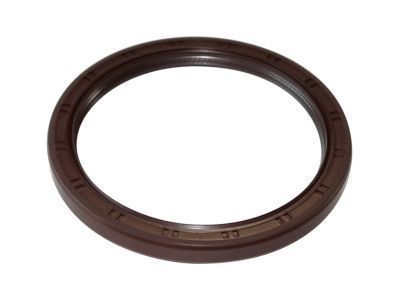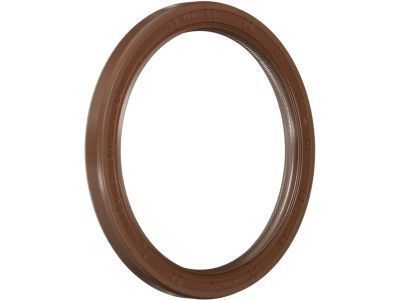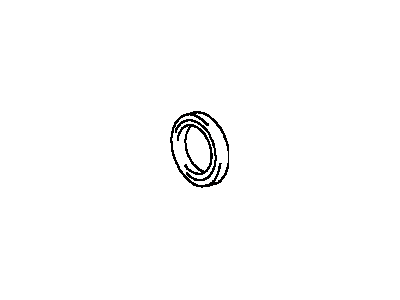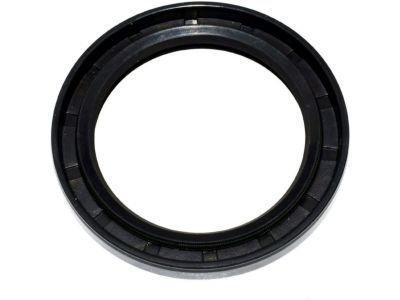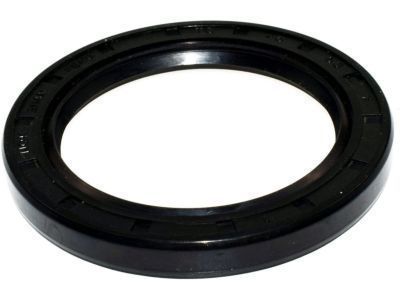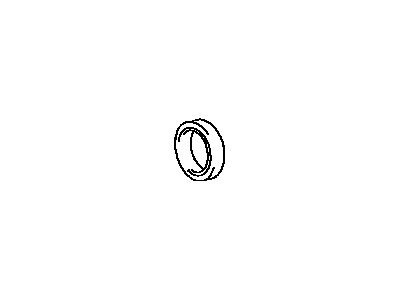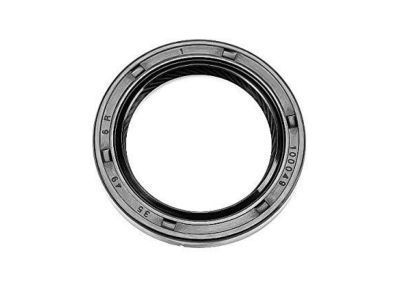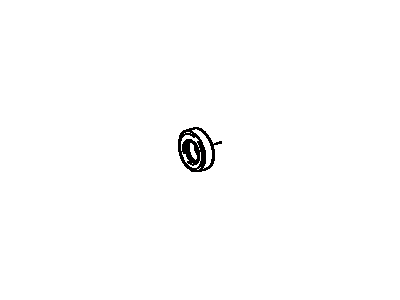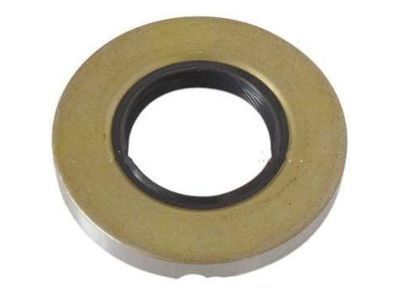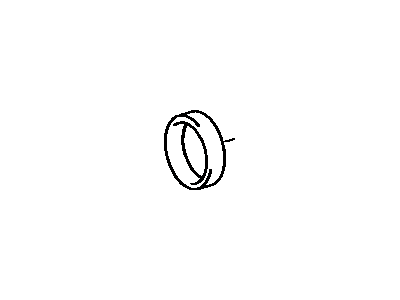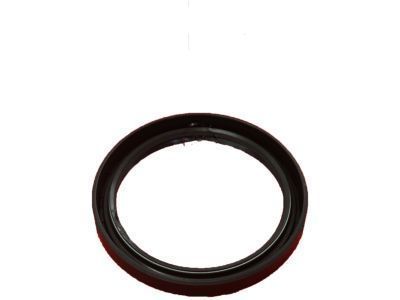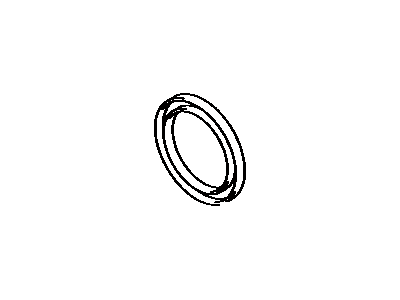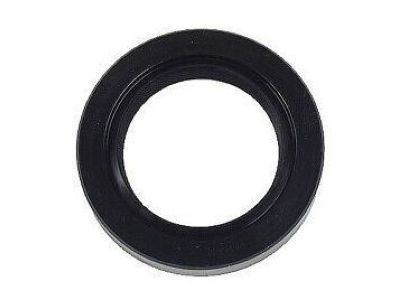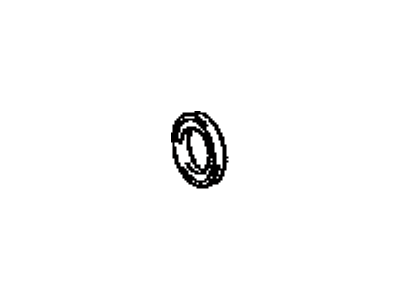

My Garage
My Account
Cart
Genuine Toyota Supra Crankshaft Seal
- Select Vehicle by Model
- Select Vehicle by VIN
Select Vehicle by Model
orMake
Model
Year
Select Vehicle by VIN
For the most accurate results, select vehicle by your VIN (Vehicle Identification Number).
6 Crankshaft Seals found
Toyota Supra Seal, Engine Rear Oil
Part Number: 90311-90006$54.73 MSRP: $76.50You Save: $21.77 (29%)Ships in 1-3 Business DaysToyota Supra Seal
Part Number: 90311-46001$19.15 MSRP: $26.76You Save: $7.61 (29%)Ships in 1-3 Business DaysToyota Supra Seal, Type T Oil
Part Number: 90311-35013$12.72 MSRP: $17.79You Save: $5.07 (29%)Ships in 1-3 Business DaysToyota Supra Seal
Part Number: 90311-42003$11.41 MSRP: $15.95You Save: $4.54 (29%)Ships in 1-2 Business DaysToyota Supra Seal, Engine Rear Oil
Part Number: 90311-80001$46.64 MSRP: $65.18You Save: $18.54 (29%)Ships in 1-3 Business DaysToyota Supra Seal, Oil
Part Number: 90311-52003$22.60 MSRP: $31.59You Save: $8.99 (29%)Ships in 1-2 Business Days
Toyota Supra Crankshaft Seal
If you are in demand for superior quality and affordable OEM Toyota Supra Crankshaft Seal, then shop with us! We own a wide range of the reduced-priced genuine Toyota Supra Crankshaft Seal. You can purchase in confidence as all parts come with a manufacturer's warranty. Any issues with our products? No need to worry as we have a hassle-free return policy to guide you every step of the way.
Toyota Supra Crankshaft Seal Parts Questions & Experts Answers
- Q: How can you replace the rear crankshaft seal without removing the engine on a Toyota Supra?A:If the rear Crankshaft Seal is leaking, it can be replaced without removing the engine from the vehicle, but the transmission and flywheel/driveplate must be removed to access the seal, which can be replaced with the seal retainer installed or removed. Although it's quicker to replace the seal with the retainer installed, this method increases the risk of damaging the seal bore or the new seal. Begin by removing the transmission, then for manual transmissions, remove the clutch. Next, remove the driveplate/flywheel. If the retainer is installed, cut the Crankshaft Seal lip with a knife, pry it out with a screwdriver (taping the tip to prevent damage), and then tape a screwdriver to protect the crankshaft while prying out the old seal. Coat the outside diameter and seal lips of the new seal with multi-purpose grease, and install it using a seal driver or a piece of large diameter pipe. If the retainer is removed, detach it from the block after removing the bolts that attach the oil pan flange, and gently tap it with a soft-face hammer if it's stuck. Remove all old gasket material from the block and retainer, wipe the sealing surfaces with a cloth saturated with acetone or lacquer thinner, and check for nicks or damage. Support the retainer between two blocks of wood and use a screwdriver to knock the old seal out, then drive the new seal into place. Coat the outside diameter of the new Crankshaft Seal with multi-purpose grease, and use a large diameter pipe or block of wood to drive it into the retainer. Before installing the retainer on the block, apply a thin layer of RIV sealant to the block side of the gasket and the sealing surface of the retainer, position the gasket, and install the retainer over the dowel pins. Install the bolts and tighten them in a criss-cross pattern in three steps to the specified torque, completing the installation in reverse order of removal.
